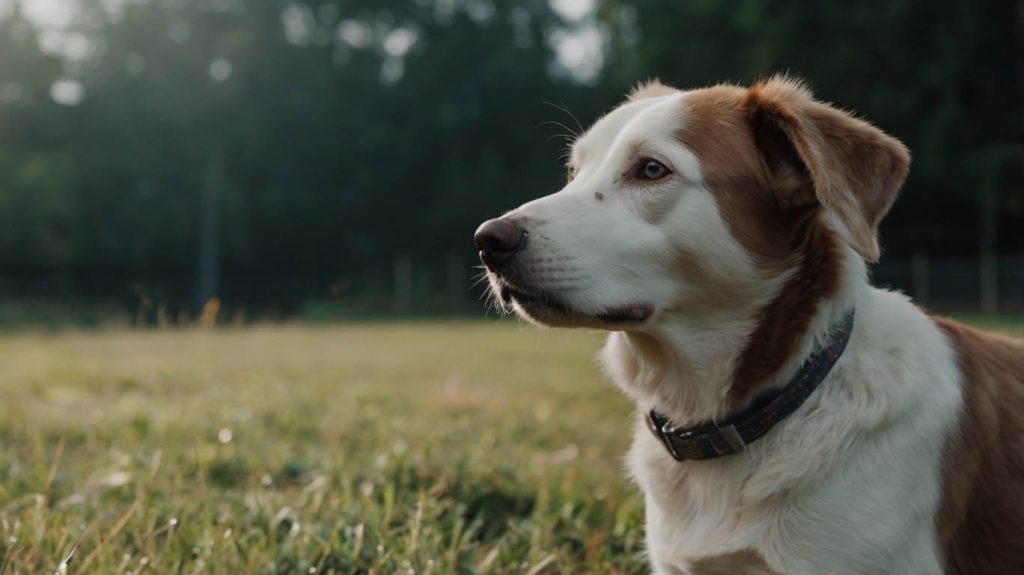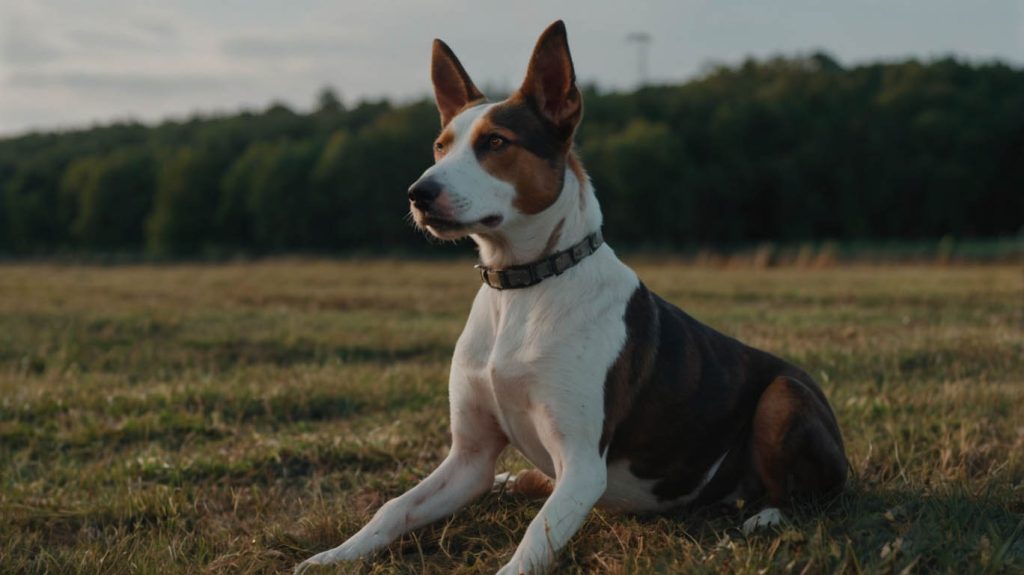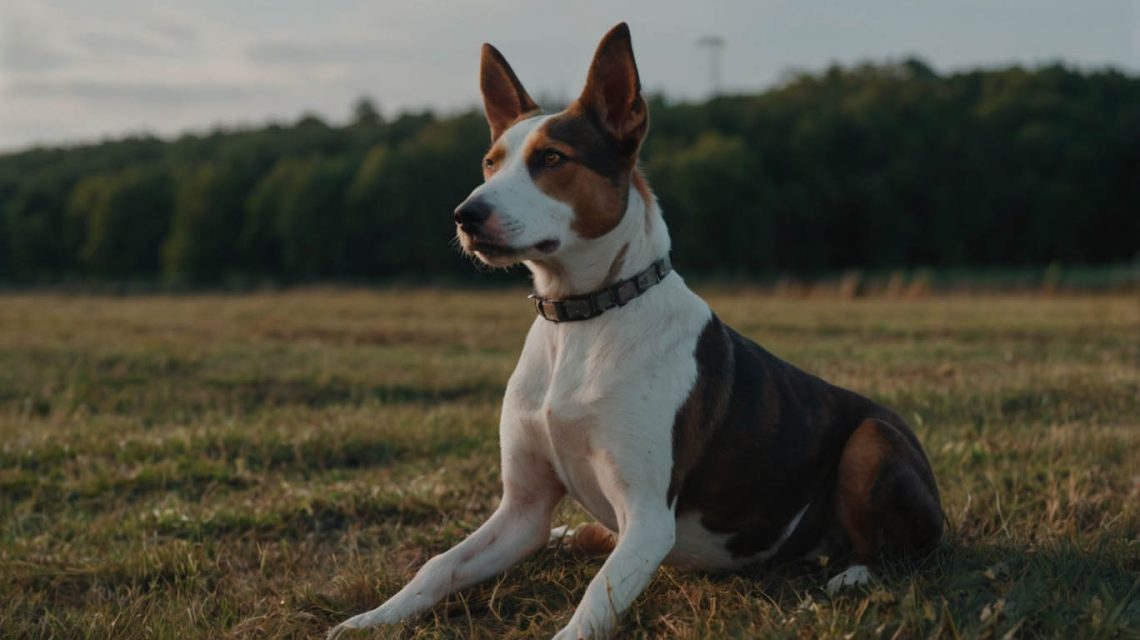How to Train a Deaf Dog: Your Complete Guide to a Thriving, Happy Companion
The moment you realize your puppy can’t hear, or your senior dog’s world has gone silent, it can feel overwhelming. The story for many owners begins with a sense of worry and a flood of questions, the most urgent being, “how to train a deaf dog?” It’s natural to feel uncertain, but here is the most important truth: a deaf dog is not a disabled dog. They are intelligent, capable, and eager to learn. They just communicate on a different channel.
This comprehensive guide will walk you through the entire journey of training a deaf dog, transforming your uncertainty into confidence. First, we will establish the essential mindset shift required for success. Then, we will build a foundation of communication from the ground up, covering everything from getting their attention to teaching crucial commands. Consequently, you will discover that training a deaf dog is not only possible but can also create one of the deepest, most attentive bonds you will ever experience with an animal.
The Essential Mindset Shift for Training a Deaf Dog
First and foremost, before you teach a single command, you must reframe your approach. You are not working with a limitation; you are working with a different learning style. Dogs are already masters of body language. In fact, they often learn visual cues faster than verbal ones. The key to success in learning how to train a deaf dog is to stop thinking about what they’ve lost and start focusing on their incredible strengths—their keen eyesight, their powerful sense of smell, and their intelligence.
Your training will be built on a foundation of positive reinforcement. This means rewarding the behaviors you want to see with high-value treats, praise (a smile and a thumbs-up!), and affection. This creates a dog who is excited and eager to learn with you.

The Foundation: How to Train a Deaf Dog to Pay Attention
You can’t train a dog who isn’t looking at you. For a hearing dog, you’d call their name. For a deaf dog, you need to create a visual “name.” This is the cornerstone of your training.
Establishing a “Look at Me” or “Check-In” Cue
This will be your primary tool for getting your dog’s attention.
- Start Close: In a quiet room, wait for your dog to naturally look at you. The instant they do, give them a clear visual “marker” (like a thumbs-up) and reward them with a delicious treat.
- Add a Visual Cue: Once they start to get the game, introduce a hand signal. A common one is to point to your own eye or nose. Present the signal, and the moment they make eye contact, mark and reward.
- Practice Everywhere: Practice this in different rooms and eventually in the yard. You are teaching your dog that checking in with you visually is a highly rewarding activity. This is a critical first step in how to train a deaf dog.
Creating a Visual Marker Signal (The Deaf Dog’s “Clicker”)
In hearing-dog training, a clicker or a word like “Yes!” marks the exact moment a dog does something right. You need a visual equivalent. The thumbs-up is a perfect choice because it’s a clear, unique signal you don’t use accidentally.
- “Charge” the Marker: To teach your dog what the thumbs-up means, simply give the signal and immediately give them a high-value treat. Repeat this 10-15 times. Your dog will quickly learn: Thumbs-Up = Treat is Coming! Now you can use this to precisely mark correct behaviors during training.

Building Your Visual Language: Essential Hand Signals for Training a Deaf Dog
Consistency is key. Choose a clear, simple hand signal for each command and make sure everyone in the family uses the exact same one.
The “Good Dog” Signal (Thumbs-Up)
As established above, this is your primary way to say “Yes, that’s it!” It should be a happy, positive signal.
Teaching “Sit” to a Deaf Dog
This is often the first command people teach.
- The Signal: A common signal is an open palm, facing upward, moving from your dog’s nose level up and slightly back.
- The Method: Hold a treat in your hand and use it to lure your dog’s nose upward. As their head goes up, their rear end will naturally go down into a sit. The moment their butt hits the floor, give the thumbs-up marker and the treat. After a few repetitions, you can start using the hand signal just before you lure them, and soon the signal alone will be enough.
Teaching “Stay” to a Deaf Dog
- The Signal: A flat hand, palm facing your dog, like a “stop” sign.
- The Method: Ask for a “sit.” Give the “stay” signal, wait just one second, then give your thumbs-up and a treat. Slowly and gradually increase the duration and your distance. This requires a lot of patience.
Mastering the “Come” Command: A Lifesaving Skill
This is arguably the most important command you will teach. The signal needs to be big and obvious.
- The Signal: A large, sweeping arm motion, bringing your arm from out at your side toward your chest.
- The Method: Start in a small room. Have a partner gently hold your dog. Show your dog a high-value treat, give the “come” signal, and have your partner let them go. When they get to you, throw a “puppy party” with lots of treats and praise. Never, ever punish your dog for coming to you. You want this to be the best thing in the world for them. This is the most crucial part of how to train a deaf dog for safety.
Essential Tools and Safety Protocols for Training a Deaf Dog
Living with a deaf dog requires some extra management to keep them safe and make communication easier.
Using a Vibrating Collar (NOT a Shock Collar)
This is one of the most effective tools you can have. A vibrating collar is a “pager,” not a punishment.
- How it Works: You use the remote to make the collar vibrate gently, which is your dog’s cue to “look at me.” You teach this by vibrating the collar and immediately rewarding them with a jackpot of treats when they look at you. It becomes your long-distance attention-getter. For great resources on this, communities like Deaf Dogs Rock offer excellent advice.
Safety in the Home and Outdoors
Safety is non-negotiable.
- A Deaf Dog is ALWAYS On-Leash: Unless you are in a securely fenced yard, your deaf dog must always be on a leash. They cannot hear an approaching car or another dog.
- Secure Fencing is a Must: Your yard must be securely fenced with no escape routes.
- ID Tags: Their collar tags should clearly state “DEAF” along with your contact information.
Conclusion: A Bond Built on Vision and Trust
The journey of learning how to train a deaf dog will transform your relationship with them. It will force you to become a clearer, more intentional communicator, and in return, you will get a dog who is exceptionally attentive and focused on you. The silence is not an empty space; it’s an opportunity to build a language all your own, based on trust, patience, and a pocketful of treats.



 How to Train a Deaf Dog ?
How to Train a Deaf Dog ?